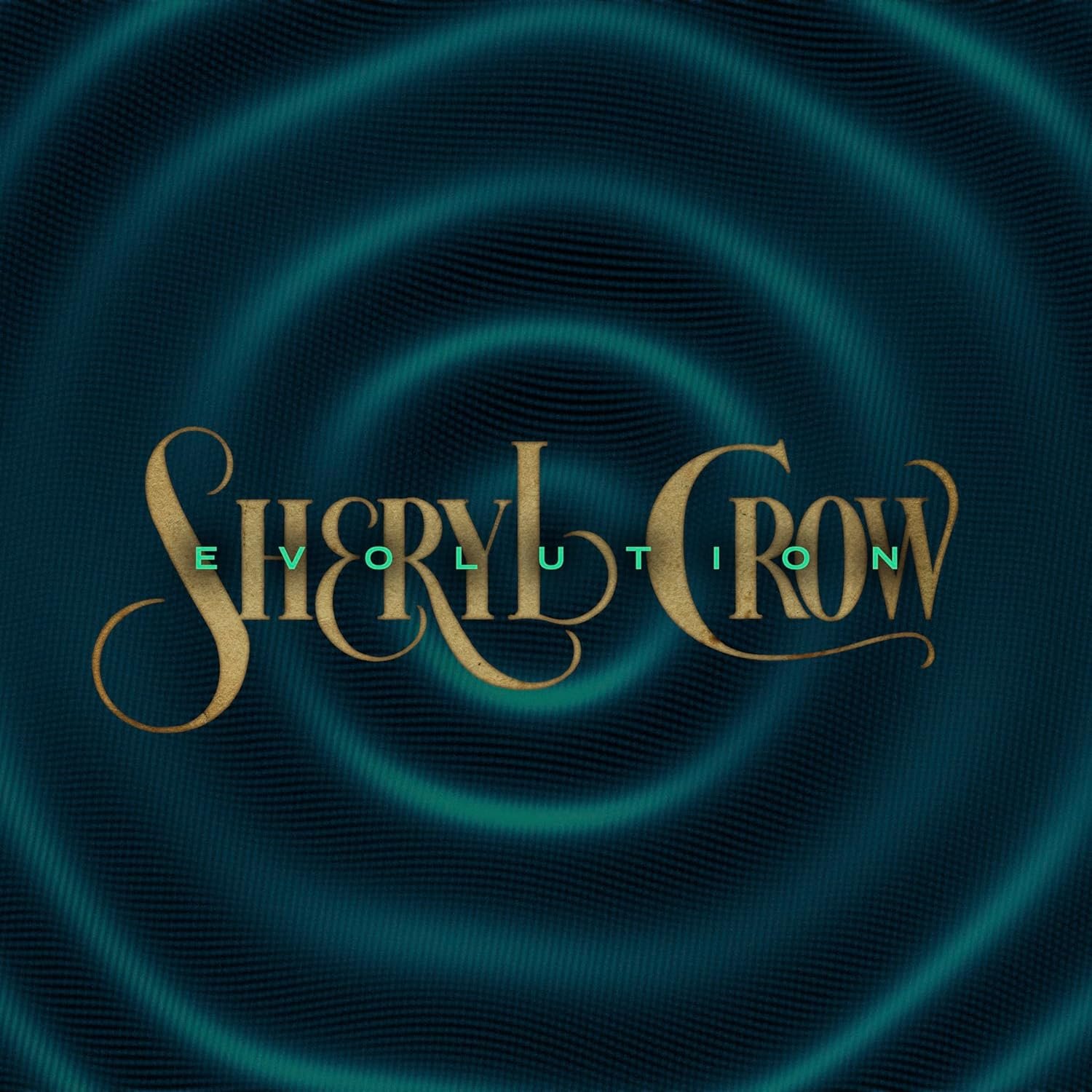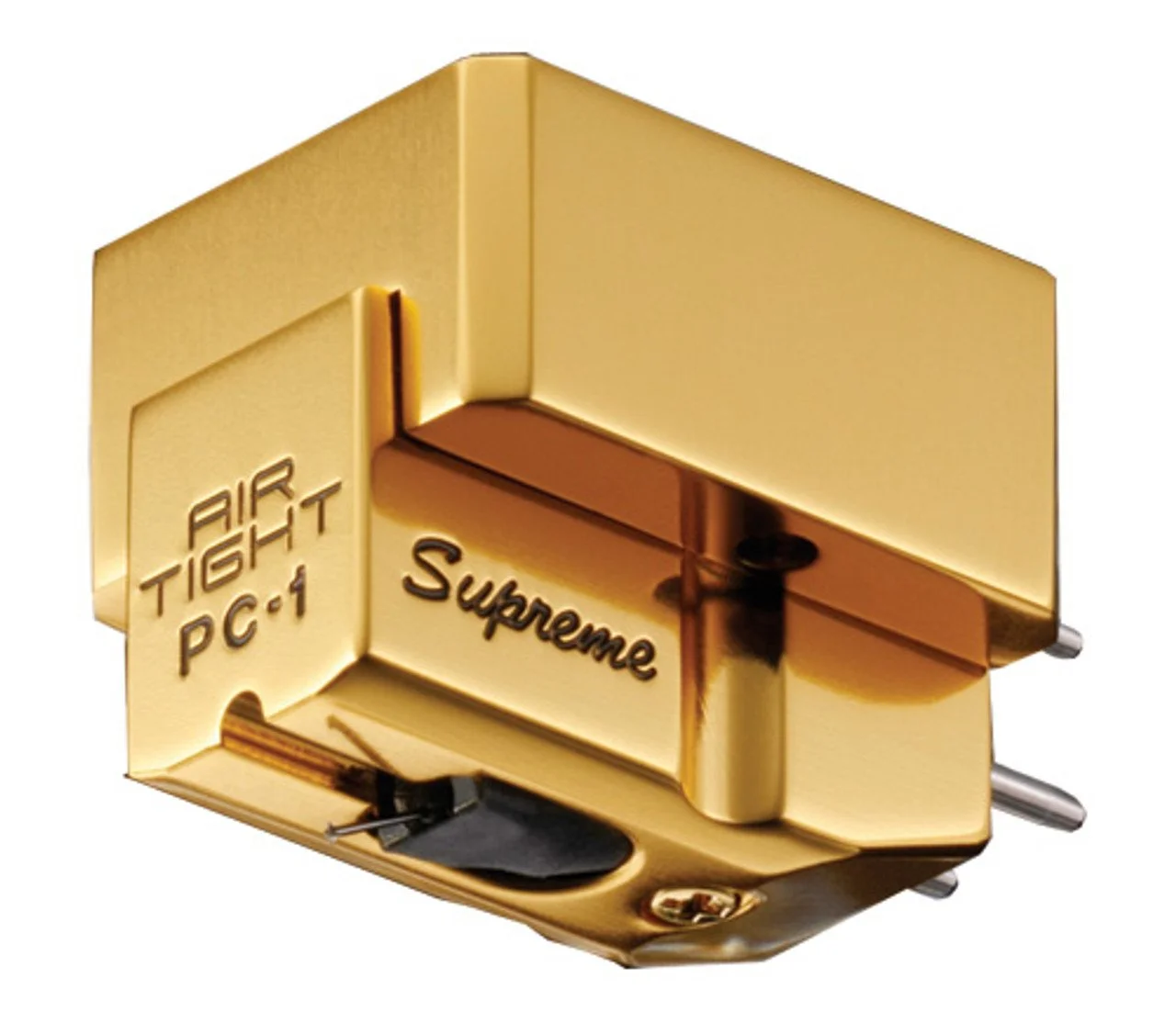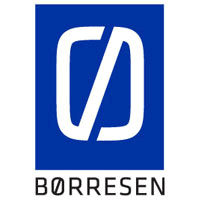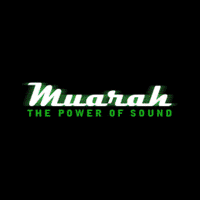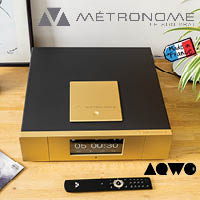Small Green Computer Premier Server & Player Bundle
When I moved to Indonesia with my family for 8 months in early January 2024 for an academic sabbatical, I had to leave behind my high-end audio system (torture!). I was thus motivated to explore simple/small—but with high-quality sound and easy-to-use—solutions that would allow me to stream digital music when away from home. This led me to a small company in New Hampshire, US: Small Green Computer, led by CEO/Owner Andrew Gillis.
Gillis has a degree in electrical engineering and has spent years in the communication industry. After using fiber optics extensively in voice communications, he pioneered using fiber optic Ethernet in audio streamers to isolate and remove network noise. Small Green Computer’s specialty is providing high-speed, low-latency music servers for using Roon, Audirvāna, HQPlayer, DLNA, Qobuz, and many other audio software packages.
I was impressed with Small Green Computer’s offered products, and several phone calls with Gillis revealed an organized, enthusiastic, and knowledgeable fellow. The result (now that I am back home) is this review of the Small Green Computer Premier Server & Player Bundle (USD 2045). It is their entry-level hardwired to the internet music server/player (non-wireless) for any USB DAC.
It consists of a Small Green Computer SonicTransporter i5 (“server”), a Sonore ultruRendu Plus (“player”), both hardwired to the internet, and a power supply. Snap in any USB DAC with a USB cable, and you can stream from your music providers or library music files.
What does the SonicTransporter Do?
The SonicTransporter’s purpose is to sit by itself isolated, house, for example, a Roon Core (it comes with it loaded onboard), ready to serve as a music server for streaming from external music providers (Qobuz, Tidal, etc.), and/or, minimally, as a NAS (Network-Attached Storage device) for housing and streaming from your home library music files. It has twice the requirements of Roon’s hardware specifications for running Roon Core. The “i5” refers to the Intel i5 chip used for its CPU. It comes with an internal 64GB for a server database and is only 2.4 lbs, with dimensions of only 8.25” (W) x 6.25” (D) x 1.375” (H).
The SonicTransporter has no moving parts (e.g., it is fanless, noiseless (0dB Acoustic Noise)) nor a monitor and is milled out of a solid block of billet aluminum; it is the case itself that serves as the heat sink. Additional onboard options include 1TB, 2TB, or 4TB of internal SSD storage as a pull-out drive on the back; no tools are needed. (You can also attach a USB drive to the back.) My Premier came with the 1TB option, bringing the total to $2245. It is black and inert-looking, with a shiny metal button on the front left that emits a small green light to let us know it is on.
What does the ultraRendu Plus Do?
The ultraRendu Plus (Roon Ready) connects to your USB DAC with a USB cable and is hardwired to the internet. Its purpose is to allow your USB DAC to communicate with the SonicTransporter only through the Internet. It is 4.33” (W) x 4.41” (D) x 1.18” (H) and weighs 8.7oz. It is powered by a high-end external 25W SGC7v linear power supply (110V/220V, your choice when purchasing).
The two units (Transporter, ultraRendu) communicate online, forming the Premier, which can pass on to your DAC essentially anything your DAC’s specs allow: Native PCM up to 768kHz and native DSD (or DSD over PCM) up to DSD512.
Using Roon, for example, one can use a tablet to connect wirelessly to Roon over the internet and control the music streaming. If you do not use Roon, other playback modes include DLNA, Squeezebox, and HQPlayer (NAA); you can use JRiver, Audirvana, mConnect, JCat, Logitech Media Server, Apple devices, and so on.
Note: Many different words are used (in today’s world) to describe what the Premier does; for example, often just “music server” is used. Some mix words among server, renderer, streamer, player, etc.
Of particular importance: The resulting “physical” separation of your USB DAC and the server (i.e., not connecting the DAC with a USB cable directly to the server) is leveraged to reduce distortion. You could even keep the SonicTransporter in a separate room away from the rest of your stereo system.
Setting Up the Premier
Setting up is achieved via Small Green Computer’s easy-to-use software, Sonicorbiter. First, connect each unit to the internet with ethernet cables and the DAC to the ultraRendu with a USB cable. Then, control the pair, initially for setup, on a computer connected to your network, going to the Sonic Orbiter address on a web browser. Both items appear there, and each has a “managing” button. (Note: As I discovered, if you use a VPN, turn it off for this task, or it will not connect.) You can also use such a connection anytime to update software, download apps onto the SonicTransporter, move music files onto it, and so on. Quick, easy, and efficient. Since I used Roon and was already onboard, I did not need to do anything initially, so I just logged out and started playing music.
Once the initialization is complete, everything is taken over by (say) an iPad for music selection. In my case, that meant simply using Roon Remote forever after. I chose a name for the SonicTransporter as the Roon Server and Rendu as the Audio Device, which was already named. This entire exercise, including setup, took no more than 10 minutes.
My Use
I remained at home for this review using my current reference USB DAC (Mojo Audio Mystique X SE DAC). I sent the analog to my high-end reference system (preamplifier, amplifiers, loudspeakers). I used the Premier to replace my reference music server (Mojo Audio Deja Vu, upgraded to a cost of about $10K), which I took out of my system entirely.
Overall, the Premier performed flawlessly—and sounded admirably good; quite something at only $2045.
Music
Overall, what struck me was that the Premier was able to bring the sound quality of the music up to a high enough level that elicited the emotional effect that specific pieces of music have on me and did so for sustained amounts of time; that is an accomplishment. I illustrate with examples.
“Digging in the Dirt” from the Sheryl Crow Album Evolution (Delux) (2024). It was composed by Peter Gabriel in his album US (1992), in which he was the main singer with just a dash of subtle harmony from others accompanying him; Crow is now the main singer, with Gabriel providing occasional harmony. It is a thoughtful and touchingly emotional rendition that expresses Gabriel’s struggle with his dark side. Still so unique, Gabriel's voice is deeper and richer in this new rendition because he is older. The Premier displays all of this well. I could not get the song out of my head for days; I was unsure whether to congratulate or curse the SonicTransporter!
Maurizio Pollini (piano), Schubert, Piano Sonata No. 20 in A major, D. 959 (1987) Deutsche Grammophon. 16/44.1 Qobuz. In particular, the second movement, “Andantino.” The Premier nicely presents the delicacy, clarity, and rich, resonant sound of Pollini’s piano playing while simultaneously revealing deep emotional feelings that hit me (deep sadness, loneliness, loss, and moodiness) in this piece. Some people have conjectured that Schubert’s late sonata compositions resulted from the realization that he was about to soon die from an illness. I think the Andantino movement offers evidence supporting this conjecture.
“Skyfall” (sung by Adele; written by Adele and Paul Epworth) (2012), XL Recordings-Columbia, 24/96 Qobuz. It is the theme song for the 23rd James Bond film, Skyfall, 2012.
(It won an Academy Award for Best Original Song, among many other famous awards.)
Immediately, in the beginning, it elicits the classic older Bond mood and style (I recall Goldfinger), enveloping you in the world of Bond. Adele’s slow and alluring voice is displayed beautifully and convincingly throughout by the Premier.
Summary
Before you spend a fortune, check out Small Green Computer. At only $2045, the Small Green Computer Premier is a no-nonsense, small, easy-to-use, and low-cost solution to obtaining high-quality hard-wired ethernet streaming from your favourite USB DAC. It can even work in a high-end system. They offer more expensive and elaborate fiber optic Ethernet options that promise to improve sound quality further; I hope to investigate soon—highly recommended.
Further information: Small Green Computer



